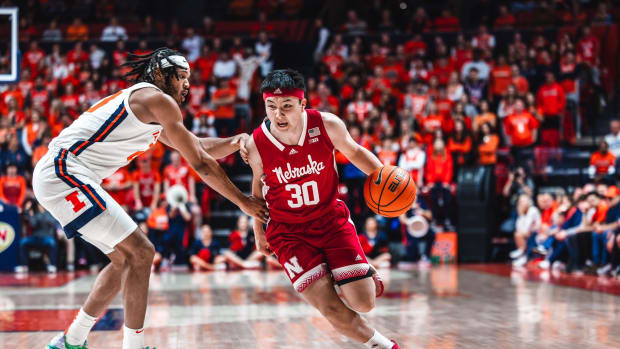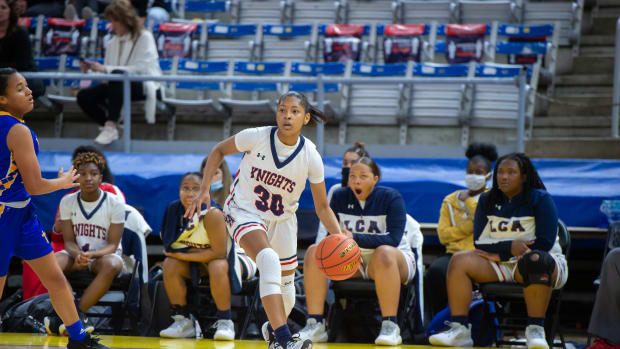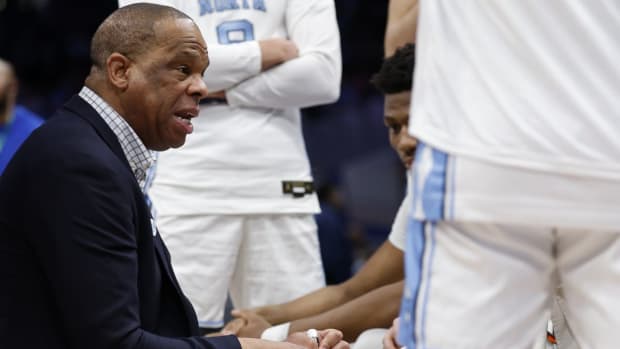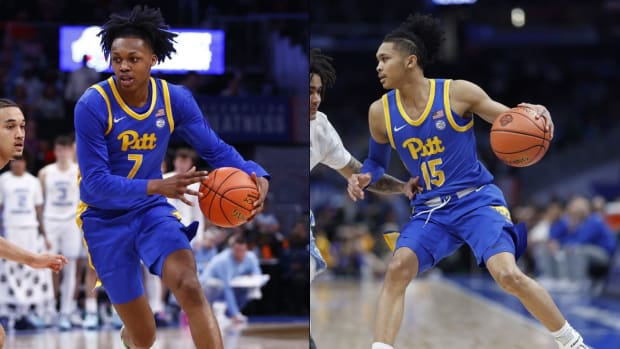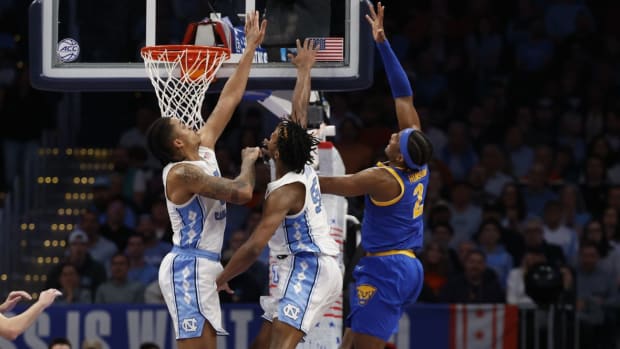Despite the Judge's View, the College Hoops Trial Was Always About the NCAA's Archaic Rules
NEW YORK — For some three weeks Judge Lewis A. Kaplan reminded jurors in this month’s college basketball corruption case that NCAA rules were not on trial. The defendants’ counsel readily admitted in their opening remarks that their clients had broken such by paying money to top high school players. Time and time again Kaplan made clear that the case’s central question was not whether the individuals standing trial had violated these regulations, but if they had undertaken criminal actions in doing so and hiding it from the colleges these recruits planned to attend.
On Wednesday, in the middle of its third day of deliberations, the jury determined that they had. All three defendants in the case—Adidas executive Jim Gatto, former Adidas consultant Merl Code and aspiring player representative Christian Dawkins—were found guilty of conspiring to commit wire fraud against a group of universities and of committing wire fraud against Louisville; Gatto was also found guilty of a third charge of fraud involving Kansas. Sentencing is set for March 5.
The post-verdict scene was a somber one, with Gatto sharing a long embrace with his wife, both appearing to heave with emotion. The 25-year-old Dawkins pressed his head into his father’s chest during an enduring hug, the father comfortingly rubbing the back of his son’s neck while visibly wrestling with the news himself. The courtroom was nearly silent save the sounds of intermittent sniffling and sobbing and tissue use in the rows of observers seated behind the defendants.
Why the Prosecution Won in the College Hoops Corruption Trial and What's Next
It is important not to lose sight of this scene’s root cause: the NCAA’s rules. Gatto and Code worked for Adidas, which paid millions to its partner schools and their coaches to benefit their basketball programs; Dawkins, working as a sort of recruiter for an agency that represented NBA players, worked as an informal liaison that helped broker deals for players before they reached the pros. The trio, along with others, arranged payments to players so that they would attend Adidas-affiliated universities, but unlike the company’s payments to athletic departments and coaches, the NCAA does not permit such deals with players. The defendants then schemed to shield these transactions from university compliance offices and NCAA overseers—which the government contended amounted to defrauding these schools of their ability to award athletic scholarships to players who would be eligible under the NCAA’s amateurism rules.
Which is why, regardless of Kaplan’s instructions to the jury, this case was indeed about the NCAA rulebook all along. The prosecution even argued as much in its closing statement, asserting that the defendants’ entire scheme depended on misleading schools regarding players’ eligibility—eligibility that is wholly determined by the NCAA’s archaic, unrealistic definition of amateurism. That standard has yet again been shown to be completely detached from the realities of a market that the NCAA and its member institutions are otherwise gladly willing to let freely seep into their every pore.
Blaming rules for rule-breaking is often seen as a bad-faith tactic for absolving blame, and understandably so. But in this case it is the rules themselves that have been made in bad faith. Seven-figure coaching salaries, nine-figure apparel sponsorships, 11-figure TV deals—for decades the college sports industrial complex has continually and exponentially engorged itself at every turn. Still as the size of its financial pie has been stretched and stretched, it has steadfastly fought to deny anything more than a scholarship-and-stipend-sized slice to the labor that performs its essential product by playing the games.
Bill Self Should Be Suspended If Kansas Is Serious About Following the Rules
These players, as has been argued by an increasing number of voices and as was thoroughly demonstrated in this trial, have a value far exceeding this slice. The coaches are paid in part on the basis of being able to attract these players; the apparel companies are partly inspired to enter contracts with the schools in order to be associated with these players. Yet the NCAA’s rules force the market for these players’ services into the shadows—the place where the defendants and their ilk operate. The trial’s illumination of this marketplace was as unseemly as it was telling, with testimony referencing shady invoices, deceitful cover stories and clandestine “Bat phones.” Still, it was not a complete reveal, as the defense’s attempts to admit evidence of similar dealmaking beyond the charges—in order to portray their clients as simply players of a dirty game in which the university’s basketball coaches were knowing participants—were denied by Judge Kaplan, pointing jurors toward evaluating the defendants in isolation instead of their larger context.
These denials may set the stage for the defense’s case in appeals court, where it could find more sympathetic ears. But in the meantime three men face potential prison time because they included players and their families into the mutually beneficial financial relationship enjoyed by the schools and companies that relies on said players’ talents—and the body in charge of the sport decided it cannot stand as much, elevating what otherwise seems like natural market forces into something the government could convince a jury is a federal crime.
Beyond the courtroom’s walls, the prosecution’s contention that the universities were the victims of a scheme by those convicted can be a harder sell; do not hold your breath waiting for these schools to take action against their apparel-company benefactors. But as the jurors were asked one by one whether the guilty verdicts represented their own, there was no hesitation as they all answered affirmatively. In their minds this trial, which was ostensibly not about NCAA rules, had sufficiently proven the defendants’ guilt. To those not bound by the confines of a judge’s instructions and a trial’s scope, a truer blame lay elsewhere, in the very rules whose violation were this crime’s original sin—and constitute the NCAA’s too.
